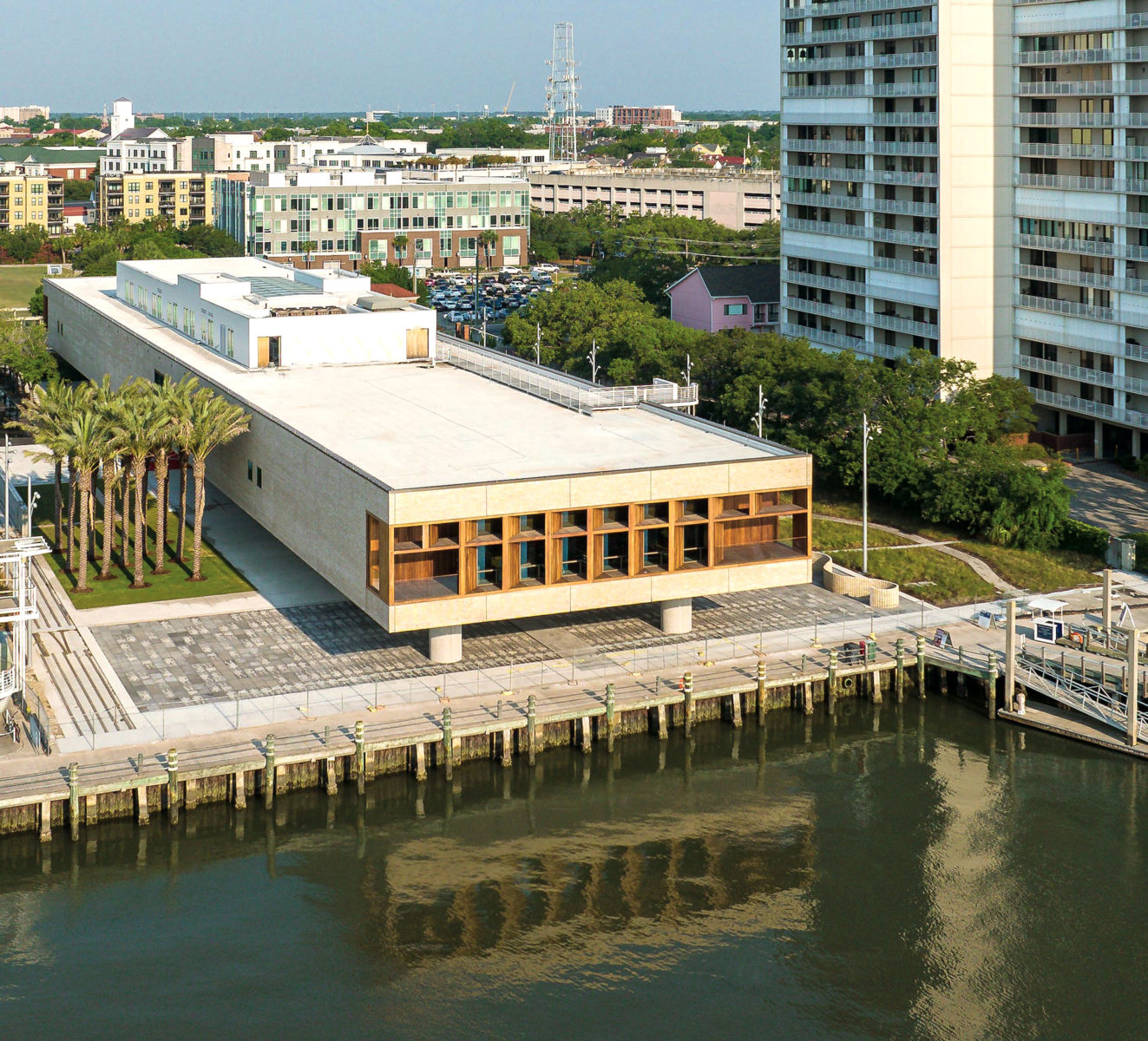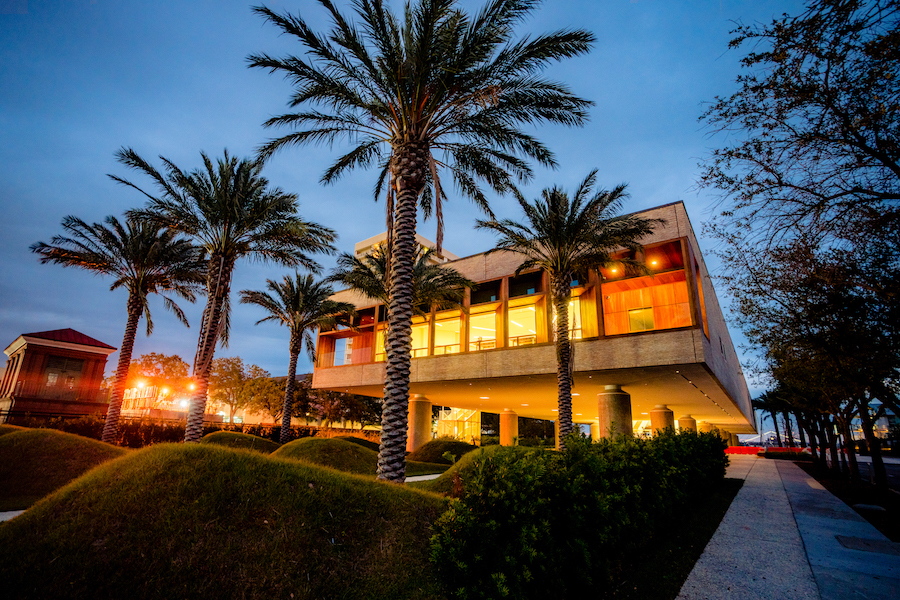Washington Post: Antebellum slave cabin in S.C. to be restored for African American History Museum
By Katherine Boyle, Published: May 14
Curators at the Smithsonian’s National Museum of African American History and Culture are working with restoration experts to dismantle an antebellum slave cabin on Point of Pines Plantation in Edisto Island, S.C. The cabin was donated to the museum last month by the Edisto Island Historical Society. The two-room cabin, which measures 16 by 20 feet, is believed to be in its original location and will become part of the “Slavery and Freedom” exhibition in Washington when the museum opens its doors in 2015.
“Slavery is one of the last great unmentionables in public discourse,” said Lonnie Bunch, director of the museum. “The cabin allows us to humanize slavery, to personalize the life of the enslaved, and frame this story as one that has shaped us all. [Slavery] is not just an African American story.”
The museum had been searching for a slave cabin to display for its permanent collection. The cabin will be displayed prominently in the museum, visible from three levels. Although the cabin will be reconstructed on-site, visitors will not be able to enter or touch the cabin because of its fragility.
“This is one of the crown jewels of the collection, along with the Harriet Tubman shawl, Nat Turner’s Bible and an airplane used by the Tuskegee Airmen,” said Nancy Bercaw, a curator with the museum who is in South Carolina to monitor the cabin’s dismantlement. “It is there to remind us of the lives of people who were enslaved and definitions of freedom coming out of the African American community that led to transformational moments that changed America.”
Slave cabins are not rare — many are still on sites that were formerly plantations in Southern states. But the location of this cabin tells a unusual story of slavery and freedom. The cabin was on a cotton plantation that was abandoned during the Civil War, and many of the slaves liberated themselves after the Union Army occupied the island. Bunch says the cabin’s history is one reason museum officials selected it as a signature piece in the collection.
The Smithsonian is working with Museum Resources, a restoration firm that is taking apart the cabin and verifying the authenticity and age of its wood. The Smithsonian estimates it will take a week to dismantle the cabin before shipping it to Williamsburg, Va., where the boards will be stabilized, marked and photographed.
There are no confirmed estimates of how many slave cabins still stand in the United States, but Berkaw hopes that the cabin’s presence in the museum will raise awareness of how many remain on private property.
“It’s one of those cases where history is in plain sight, surrounding us,” Berkaw said. “We’re hoping people will take notice of these cabins and think a bit more about them.”



